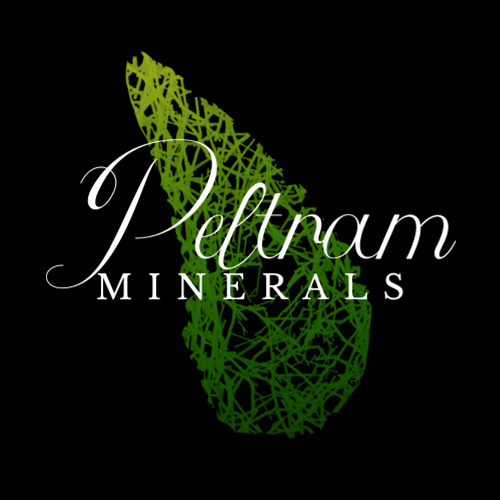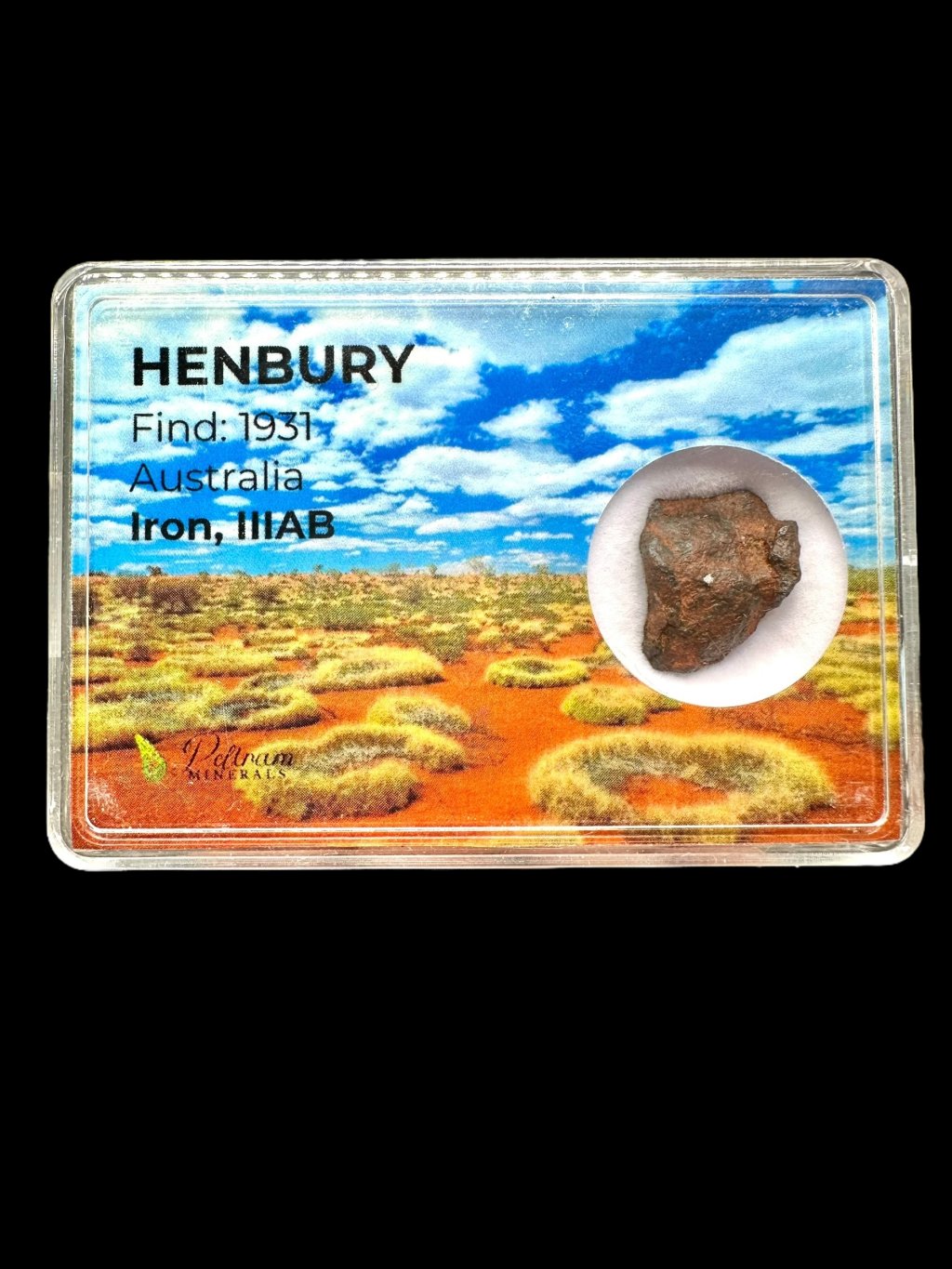Meteorite Henbury 7,62g – Norther Territory, Australia
Type: iron meteorite / middle octahedrite IIIAB
Locality: Norther Territory, Australia
Weight: 7,62g
Dimensions: 20 x 15 x 8 mm
Year found: 1931
Total known weight: 2 tonnes
Surface treatment: none – raw
Packaging: Transparent plastic box (8,4 x 5,8 x 2,4 cm)
| Category: | Henbury |
|---|---|
| By name: | Henbury |
| ? Type: | Iron |
| ? Surface treatment: | Natural (raw) |
| Packaging: | In box |
Henbury Meteorite – Iron Meteorite and Crater Field in Australia
The Henbury meteorite and crater field were discovered in 1931. Approximately 13 impact craters are located in an area of 1.25 km2 formed by impacting Henbury meteorites in a desert region west to southwest of the town of Henbury in the Northern Territory in central Australia. The largest crater measures 217 meters in length and 111 meters in width and is about 15 meters deep. The other craters have diameters ranging from 7 to 180 m. Originally, it was a single meteoroid that broke apart due to the immense pressure exerted on it during its passage at incredible speed through the Earth's atmosphere.
Classification and Occurrence
This iron meteorite is classified as a (IIIAB) medium octahedrite. These meteorites are often very nicely sculpted, which makes this iron meteorite one of the most sought-after meteorites for collections. The total recovered amount is approximately 2000 kg.
Composition
The Henbury meteorite has a high iron content, which is common in all iron meteorites. Nickel is present in an amount of approximately 8–10%, which is lower than in some other groups of iron meteorites, and is characteristic of the IIIAB group. Cobalt is present in small amounts. In addition, small amounts of copper and sulfides and oxides may be present, for example troilite and iron oxides.
Henbury exhibits typical Widmanstätten patterns, which are formed by kamacite and taenite alloys created through slow crystallization in the metallic core.








